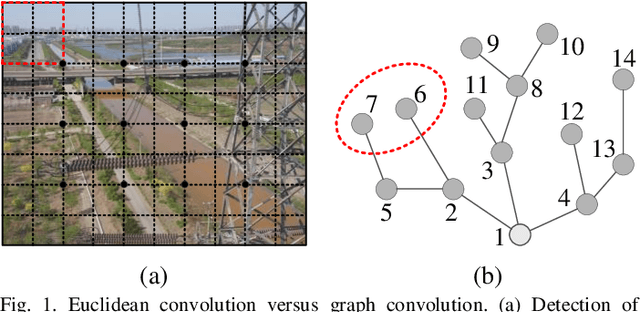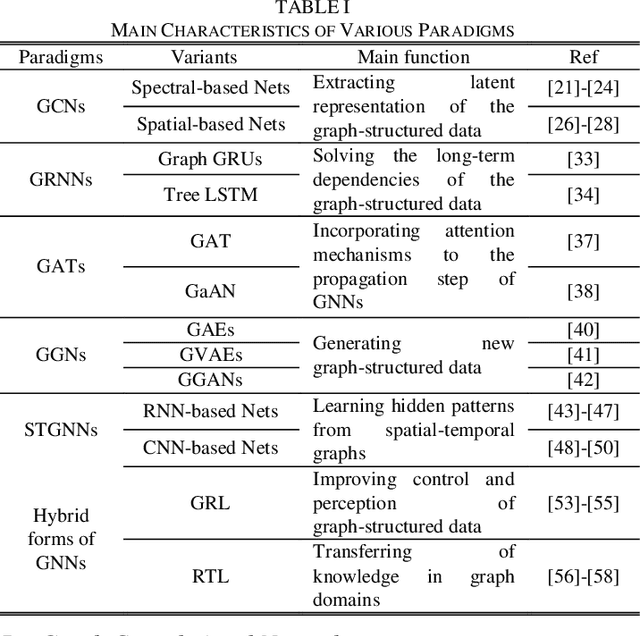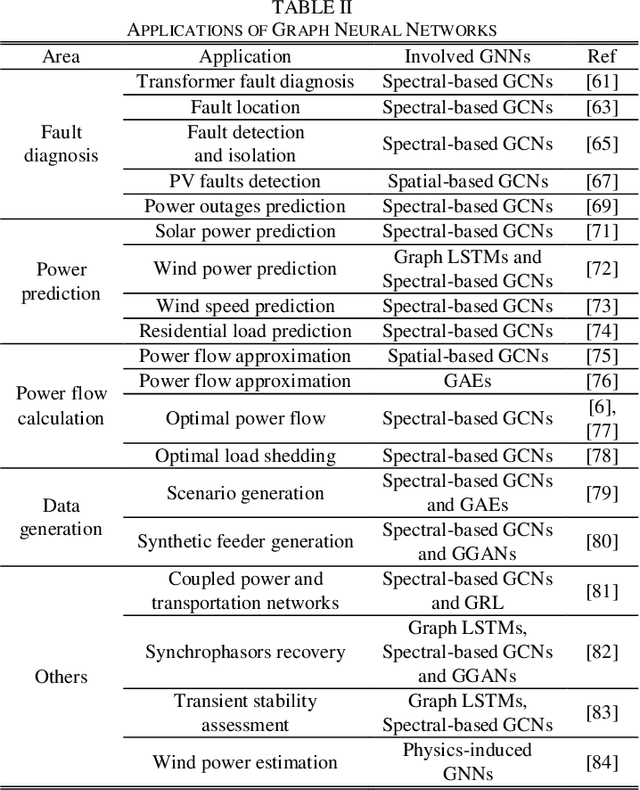Yuelong Wang
Tracking Transforming Objects: A Benchmark
Apr 28, 2024



Abstract:Tracking transforming objects holds significant importance in various fields due to the dynamic nature of many real-world scenarios. By enabling systems accurately represent transforming objects over time, tracking transforming objects facilitates advancements in areas such as autonomous systems, human-computer interaction, and security applications. Moreover, understanding the behavior of transforming objects provides valuable insights into complex interactions or processes, contributing to the development of intelligent systems capable of robust and adaptive perception in dynamic environments. However, current research in the field mainly focuses on tracking generic objects. In this study, we bridge this gap by collecting a novel dedicated Dataset for Tracking Transforming Objects, called DTTO, which contains 100 sequences, amounting to approximately 9.3K frames. We provide carefully hand-annotated bounding boxes for each frame within these sequences, making DTTO the pioneering benchmark dedicated to tracking transforming objects. We thoroughly evaluate 20 state-of-the-art trackers on the benchmark, aiming to comprehend the performance of existing methods and provide a comparison for future research on DTTO. With the release of DTTO, our goal is to facilitate further research and applications related to tracking transforming objects.
A Review of Graph Neural Networks and Their Applications in Power Systems
Jan 25, 2021


Abstract:Deep neural networks have revolutionized many machine learning tasks in power systems, ranging from pattern recognition to signal processing. The data in these tasks is typically represented in Euclidean domains. Nevertheless, there is an increasing number of applications in power systems, where data are collected from non-Euclidean domains and represented as the graph-structured data with high dimensional features and interdependency among nodes. The complexity of graph-structured data has brought significant challenges to the existing deep neural networks defined in Euclidean domains. Recently, many studies on extending deep neural networks for graph-structured data in power systems have emerged. In this paper, a comprehensive overview of graph neural networks (GNNs) in power systems is proposed. Specifically, several classical paradigms of GNNs structures (e.g., graph convolutional networks, graph recurrent neural networks, graph attention networks, graph generative networks, spatial-temporal graph convolutional networks, and hybrid forms of GNNs) are summarized, and key applications in power systems such as fault diagnosis, power prediction, power flow calculation, and data generation are reviewed in detail. Furthermore, main issues and some research trends about the applications of GNNs in power systems are discussed.
 Add to Chrome
Add to Chrome Add to Firefox
Add to Firefox Add to Edge
Add to Edge